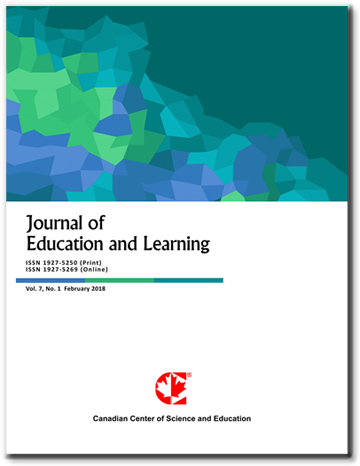The Immersive Connectivist Learning Environment to Enhance Creative Innovation Skills for Higher Education
- Rukthin Laoha
- Sutthikarn Bojukrapan
Abstract
This research report titled creating an immersive connectivist environment to enhance creative innovation skills for higher education aims to 1. design an immersive virtual learning environment that connects knowledge to enhance creative innovation skills for higher education students. 2. evaluate the quality of the designed immersive connectivist virtual learning environment. 3. compare students’ academic achievement before and after using the immersive environment and 4. examine students’ satisfaction with the immersive learning environment. The sample group consisted of 30 experts and 33 undergraduate students from Udon Thani Rajabhat University. The findings revealed that 1. creative innovation skills in higher education can be categorized into seven main areas (analytical and problem solving skills, teamwork, storytelling and presentation, self-directed learning, creative risk-taking and experimentation, digital and technological literacy, and adaptability and flexibility). 2. The environment was rated highly appropriate by experts, with an average score of 4.43 and a standard deviation of .50. 3. A paired-sample t-test was conducted to examine the difference in students’ academic achievement before and after using the immersive learning environment. The results showed that the post-test scores (M = 41.61, SD = 2.68) were significantly higher than the pre-test scores (M = 30.85, SD = 2.48), with a t-value of 12.50 and p < .05. This statistically significant result indicates that the immersive environment had a positive effect on students’ academic performance and 4. students expressed high satisfaction with the immersive learning experience, with an average score of 4.38 and a standard deviation of .49.
- Full Text:
 PDF
PDF
- DOI:10.5539/jel.v15n1p193
Journal Metrics
Google-based Impact Factor (2021): 1.93
h-index (July 2022): 48
i10-index (July 2022): 317
h5-index (2017-2021): 31
h5-median (2017-2021): 38
Index
Contact
- Grace LinEditorial Assistant
- jel@ccsenet.org
